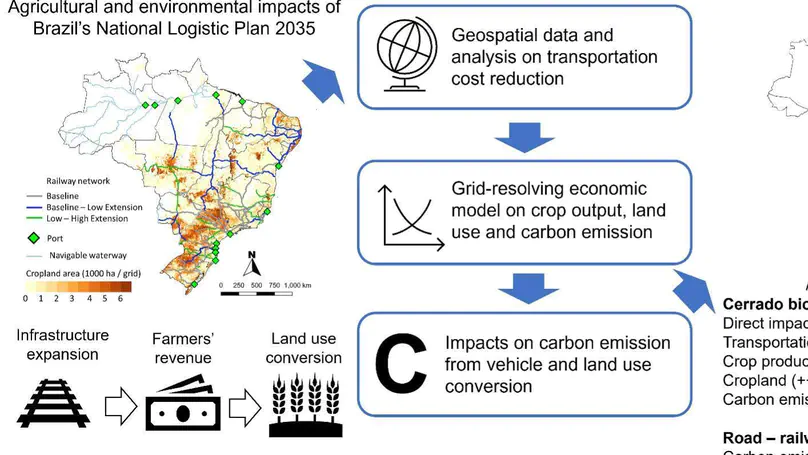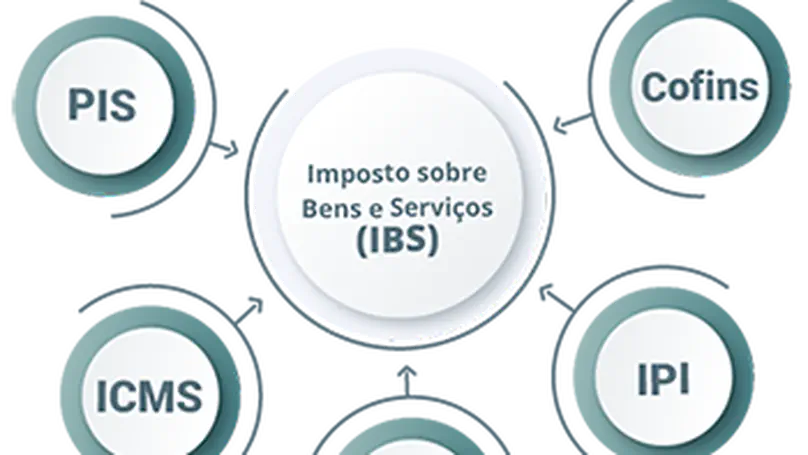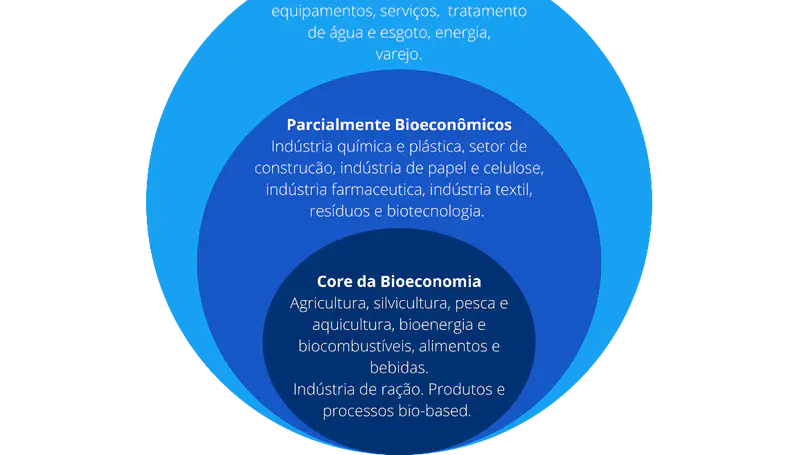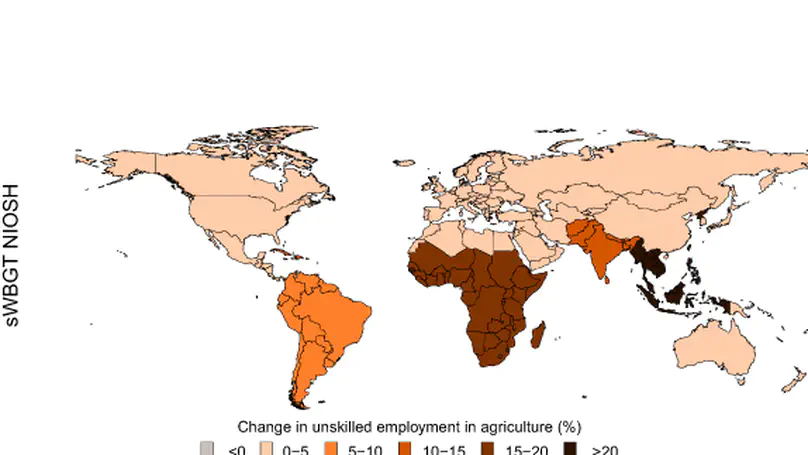Publications

High transportation costs have been a barrier to the expansion of agriculture in the interior of Brazil. To reduce transportation costs, Brazil launched the National Logistics Plan, aiming to expand its railway network by up to 91% by 2035. Such a large-scale infrastructure investment raises concerns about its economic and environmental consequences. By combining geospatial estimation of transportation cost with a grid-resolving, multi-scale economic model that bridges fine-scale crop production with its trade and demand from national and global perspectives, we explore impacts of transportation infrastructure expansion on agricultural production, land use changes, and carbon emissions both locally and nationally in Brazil. We find that globally, the impacts on output and land use changes are small. However, within Brazil, the plan’s primary impacts are impressive. PNL2035 results in the reduction of transportation costs by 8–23 % across states (depending on expansion’s extent) in the interior Cerrado biome. This results in cropland expansion and increases in terrestrial carbon emissions in the Cerrado region. However, the increase in terrestrial carbon emissions in the Cerrado is offset by spillover effects elsewhere in Brazil, as crop production shifts away from the Southeast-South regions and accompanying change in the mix of transportation mode for farm products from roadway to more emission-efficient railway. Furthermore, we argue that the transportation infrastructure’s impact on the enhanced mobility of labor and other agricultural inputs would further accentuate the regional shift in agricultural production and contribute to carbon emission mitigation. Upon its completion, PNL2035 is expected to result in the reduction of net national emissions by 1.8–30.7 million metric ton of CO2-equivalent, depending on the impacts on labor and purchased input mobility. We conclude that the omission of spillover effects due to infrastructure expansion can lead to misleading assessments of transport policies.

A Reforma Tributária busca simplificar o complexo sistema tributário do Brasil, substituindo cinco impostos por apenas um novo tributo sobre o valor adicionado (IVA). O principal desafio é encontrar a alíquota ideal para um sistema tributário equilibrado, justo e competitivo. Estudo realizado pelo Centro de Estudos do Agronegócio da FGV (FGV Agro) aponta que a adoção uma alíquota reduzida para algumas atividades – entre elas produtos e insumos do agro – é fundamental para manutenção da produção, demanda e competitividade das cadeias agropecuárias. Como exemplo, zerar os impostos sobre a cesta básica gera quase 20 p.p. de queda no custo real dos alimentos para a população.

A produção da bioeconomia através da utilização de recursos biológicos e biomassa para a produção de alimentos, rações, produtos biológicos, bioenergia entre outros, equivale a 19,6% do PIB brasileiro. O PIB da Bioeconomia (PIB-Bio) somou R$ 1,447 trilhão em 2019 e apresenta um grande potencial de crescimento, entretanto precisa estar associado à governança ambiental, tecnologia e inovação.
A conjuntura social e econômica somada às já conhecidas demandas por uma produção de alimentos mais saudável e com impactos positivos para o clima e natureza tornam urgentes as transformações no sistema de produção agroalimentar, no qual o Brasil é protagonista. A boa notícia é que muitos dos múltiplos riscos enfrentados pelo sistema agroalimentar brasileiro podem ser mitigados, o que exige uma forte liderança política e engajamento do setor financeiro como investidor dessa cadeia de valor. Para saber mais, baixe o relatório completo aqui.

The direct impacts of climate change on crop yields and human health are both well-studied, but the interaction between the two have received little attention. Here we analyze the consequences of global warming for agricultural workers and the crops they cultivate using a global economic model with explicit treatment of the physiological impacts of heat stress on humans’ ability to work. The agricultural impacts literature has mostly focused on the effects of climate change on crop yields. However, we find that labor force impacts are equally important up to +3C warming, relative to the 1986-2005 baseline, and these overlooked impacts are dominant in Sub-Saharan Africa and Southeast Asia. In those regions, heat stress with 3C global warming could reduce labor capacity in agriculture by 30-50%, boosting food prices and requiring much higher levels of employment in the farm sector.

This paper provides a critical assessment of the literature estimating the consequences of climate impacts in agriculture and the food system. This literature focuses overwhelmingly on the impact of elevated CO2 concentrations in the atmosphere, higher temperatures and changing precipitation on staple crop yields. While critically important for food security, we argue that researchers have gravitated to measuring impacts ‘under the streetlight’ where data and models are plentiful. We argue that prior work has largely neglected the vast majority of potential economic impacts of climate change on agriculture. A broader view must extend the impacts analysis to inputs beyond land, including the consequences of climate change for labor productivity, as well as the rate of total factor productivity growth in the face of more rapidly depreciating knowledge capital. This broader view must also focus more attention on non-staple crops, which, while less important from a caloric point of view, are critically important in redressing current micronutrient deficiencies in many diets around the world. The paper closes with numerical simulations that demonstrate the extent to which limited input and output coverage of climate impacts can lead to considerable underestimation of the consequences for food security and economic welfare – particularly in the poorest regions of the world.